The local rise of Public Media Centers
In 2022, we will confront a stark choice: Either we build non-market systemic support for local journalism, or we condemn entire communities to a future of news deserts.
This crossroads will be increasingly unavoidable as unfettered market forces — hedge-fund vultures and other opportunistic pathologies — continue to devour what’s left of local media. Commercial journalism’s dissolution calls for radical thinking toward bold new models.
A long-term utopian vision can help us imagine entirely new kinds of journalism that are liberated from the market to privilege people over profits. Universal yet accountable to local needs. Federally guaranteed yet owned and controlled by the communities that newsrooms serve and the journalists who work there.
We might call these publicly funded news cooperatives Public Media Centers (PMCs). As a new community anchor institution alongside schools and hospitals, PMCs could serve as primary building blocks for a post-commercial media system that’s both democratizing and impervious to market failure.
Kernels of this alternative system already exist within community infrastructures, including public access cable outlets, public broadcasting stations, libraries, and even post offices. We could imagine PMCs organized as municipal newspapers and multi-media hubs that produce a wide range of news and information. And we could fund them democratically via programs like the Local Journalism Initiative that are decentralized and less vulnerable to state capture.
Some signs suggest U.S. society is moving in the right direction. Congress has finally come to see the journalism crisis as a problem for public policy, even calling for media subsidies that were inconceivable a decade ago. At the same time, numerous independent experiments have launched in recent years during what’s arguably a golden age for nonprofit, grassroots-driven news outlets.
But such heartening efforts are insufficient given the systemic nature of the crisis. As journalism’s commercial era recedes into the past, private capital alone can’t support the media we need, and indeed, it never has, especially for communities of color. Any hope for a democratic future necessitates bolder interventions.
Permanent support for a well-funded national network of PMCs could not only guarantee universal access to quality news and information, but also empower local communities to tell their own stories and make their own media. Free from economic imperatives to serve owners, investors, advertisers, and wealthy audiences, PMCs could devote more coverage to pressing social problems, especially those important to poor, working-class, and BIPOC communities. Permanent beats and teams of journalists could focus on often-neglected issues, from the plight of immigrant communities to mass incarceration to the ecological consequences of global warming.
While governments would have an affirmative duty to establish and fund PMCs, they must remain independent and radically democratic in all editorial decisions. Political independence requires economic independence, and public media should mean public ownership of media, including worker-run cooperatives and other forms of collective governance.
Historically, news media have too often served powerful interests and protected the status quo. But given the right structural conditions, journalism can become a force for social justice and systemic change, deeply committed to serving and protecting a vibrant, multi-racial democratic society.
Journalism’s transitional moment could be transformational — but only if we reinvent our news media, not resuscitate failing commercial models. As a starting point — one that may take many years to actualize — newsrooms must be governed by journalists and local communities instead of absentee capitalists who treat journalism merely as a commodity, not a public service. This vision requires that we see the radical and utopian as also the practical and necessary. Only then can the Public Media Center be an idea whose time has come.
Victor Pickard is a professor of media policy and political economy at the University of Pennsylvania’s Annenberg School for Communication.

In 2022, we will confront a stark choice: Either we build non-market systemic support for local journalism, or we condemn entire communities to a future of news deserts.
This crossroads will be increasingly unavoidable as unfettered market forces — hedge-fund vultures and other opportunistic pathologies — continue to devour what’s left of local media. Commercial journalism’s dissolution calls for radical thinking toward bold new models.
A long-term utopian vision can help us imagine entirely new kinds of journalism that are liberated from the market to privilege people over profits. Universal yet accountable to local needs. Federally guaranteed yet owned and controlled by the communities that newsrooms serve and the journalists who work there.
We might call these publicly funded news cooperatives Public Media Centers (PMCs). As a new community anchor institution alongside schools and hospitals, PMCs could serve as primary building blocks for a post-commercial media system that’s both democratizing and impervious to market failure.
Kernels of this alternative system already exist within community infrastructures, including public access cable outlets, public broadcasting stations, libraries, and even post offices. We could imagine PMCs organized as municipal newspapers and multi-media hubs that produce a wide range of news and information. And we could fund them democratically via programs like the Local Journalism Initiative that are decentralized and less vulnerable to state capture.
Some signs suggest U.S. society is moving in the right direction. Congress has finally come to see the journalism crisis as a problem for public policy, even calling for media subsidies that were inconceivable a decade ago. At the same time, numerous independent experiments have launched in recent years during what’s arguably a golden age for nonprofit, grassroots-driven news outlets.
But such heartening efforts are insufficient given the systemic nature of the crisis. As journalism’s commercial era recedes into the past, private capital alone can’t support the media we need, and indeed, it never has, especially for communities of color. Any hope for a democratic future necessitates bolder interventions.
Permanent support for a well-funded national network of PMCs could not only guarantee universal access to quality news and information, but also empower local communities to tell their own stories and make their own media. Free from economic imperatives to serve owners, investors, advertisers, and wealthy audiences, PMCs could devote more coverage to pressing social problems, especially those important to poor, working-class, and BIPOC communities. Permanent beats and teams of journalists could focus on often-neglected issues, from the plight of immigrant communities to mass incarceration to the ecological consequences of global warming.
While governments would have an affirmative duty to establish and fund PMCs, they must remain independent and radically democratic in all editorial decisions. Political independence requires economic independence, and public media should mean public ownership of media, including worker-run cooperatives and other forms of collective governance.
Historically, news media have too often served powerful interests and protected the status quo. But given the right structural conditions, journalism can become a force for social justice and systemic change, deeply committed to serving and protecting a vibrant, multi-racial democratic society.
Journalism’s transitional moment could be transformational — but only if we reinvent our news media, not resuscitate failing commercial models. As a starting point — one that may take many years to actualize — newsrooms must be governed by journalists and local communities instead of absentee capitalists who treat journalism merely as a commodity, not a public service. This vision requires that we see the radical and utopian as also the practical and necessary. Only then can the Public Media Center be an idea whose time has come.
Victor Pickard is a professor of media policy and political economy at the University of Pennsylvania’s Annenberg School for Communication.
Tom Trewinnard

Joe Amditis

Francesco Zaffarano

Chase Davis

Ståle Grut

j. Siguru Wahutu

Tamar Charney

Richard Tofel

Tony Baranowski

Simon Allison

Kerri Hoffman
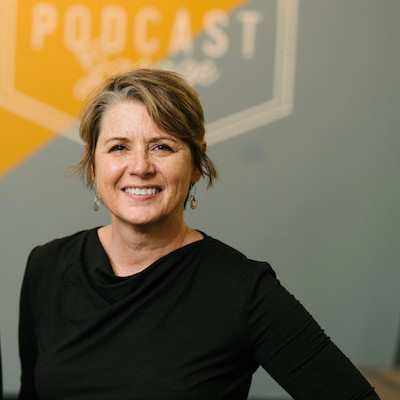
Kathleen Searles Rebekah Trumble

Jennifer Coogan

Christoph Mergerson
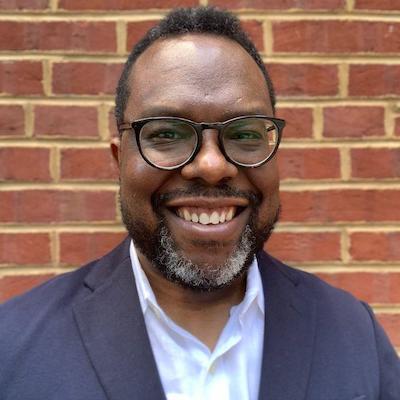
Gonzalo del Peon

Anthony Nadler

Errin Haines

Kendra Pierre-Louis

Alice Antheaume

Stephen Fowler

Wilson Liévano
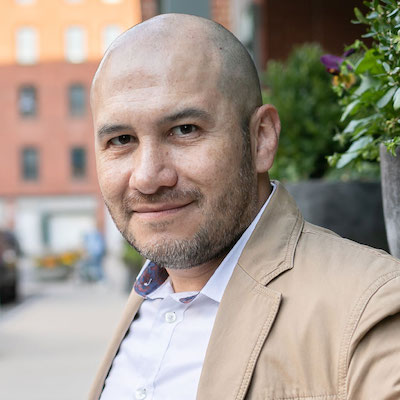
Sam Guzik

Mary Walter-Brown

Joni Deutsch

Raney Aronson-Rath

Joshua P. Darr

Julia Angwin

Kristen Jeffers
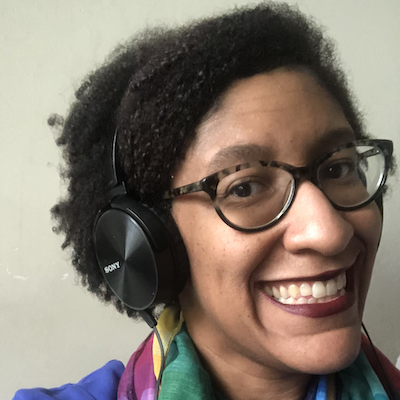
Matthew Pressman

Anita Varma

Laxmi Parthasarathy

Rasmus Kleis Nielsen

Robert Hernandez
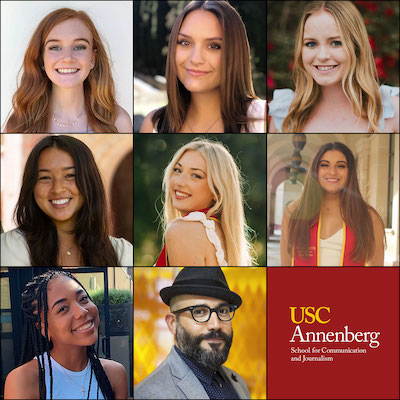
Zizi Papacharissi

Gordon Crovitz

Whitney Phillips

S. Mitra Kalita

Burt Herman
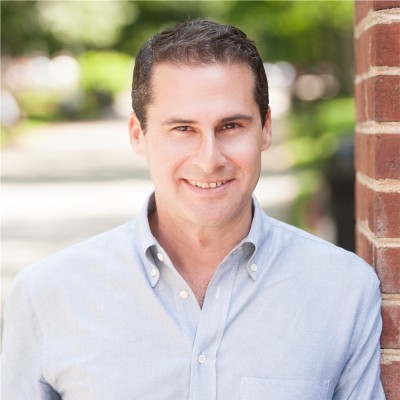
Eric Nuzum

Don Day

Julia Munslow

Jennifer Brandel

Joy Mayer

Megan McCarthy

Jesenia De Moya Correa
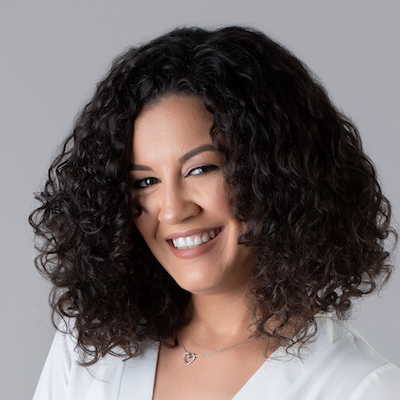
Cristina Tardáguila

Nikki Usher

Jody Brannon

Paul Cheung

Candace Amos

Moreno Cruz Osório

Juleyka Lantigua

Amara Aguilar

Larry Ryckman

Victor Pickard

Mario García
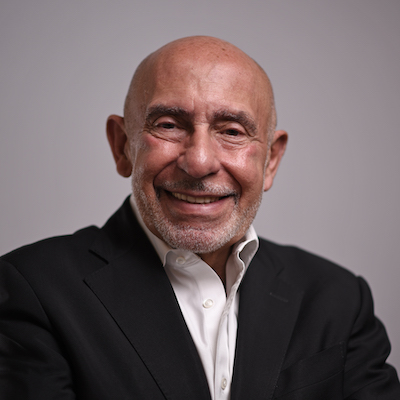
Anika Anand

Ariel Zirulnick

James Green

David Skok

Kristen Muller

Michael W. Wagner

Matt Karolian

Amy Schmitz Weiss
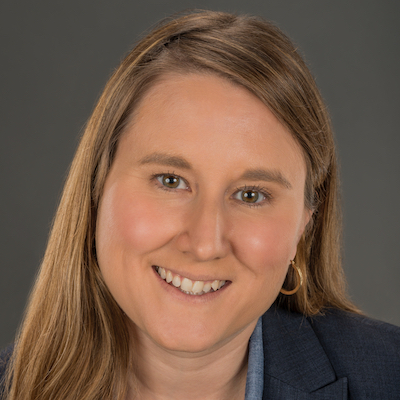
Joanne McNeil

Mike Rispoli
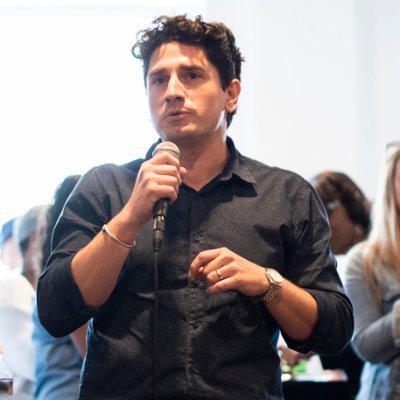
Brian Moritz

Sarah Stonbely

Cherian George
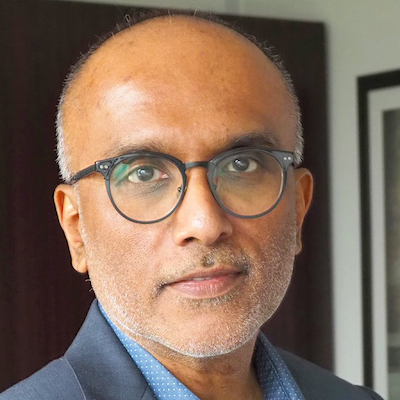
Jessica Clark

Mandy Jenkins

Natalia Viana
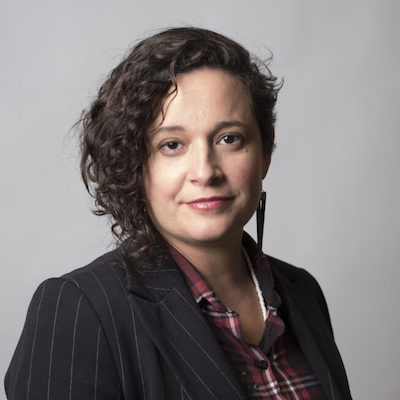
Sarah Marshall

Cindy Royal

Stefanie Murray

Simon Galperin

John Davidow

Shalabh Upadhyay

Millie Tran

Christina Shih

Gabe Schneider

Izabella Kaminska

Daniel Eilemberg

A.J. Bauer

Chicas Poderosas

Jonas Kaiser

Janelle Salanga

Rachel Glickhouse

Andrew Freedman

Meena Thiruvengadam
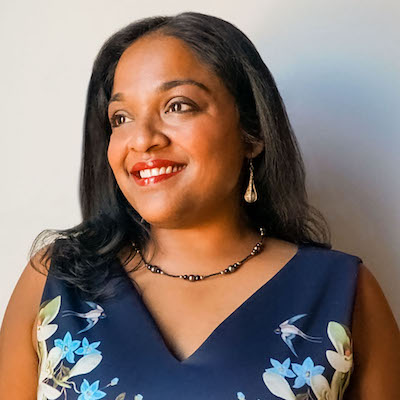
Melody Kramer

Matt DeRienzo

AX Mina

Doris Truong
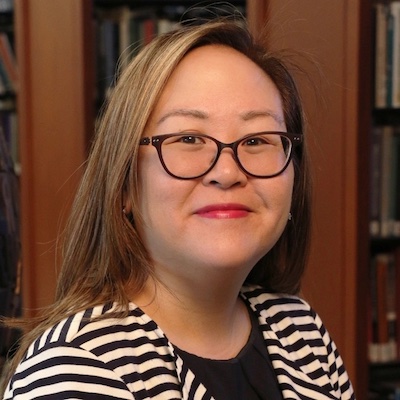
Shannon McGregor Carolyn Schmitt

Parker Molloy

Jesse Holcomb

Catalina Albeanu

Jim Friedlich

David Cohn
